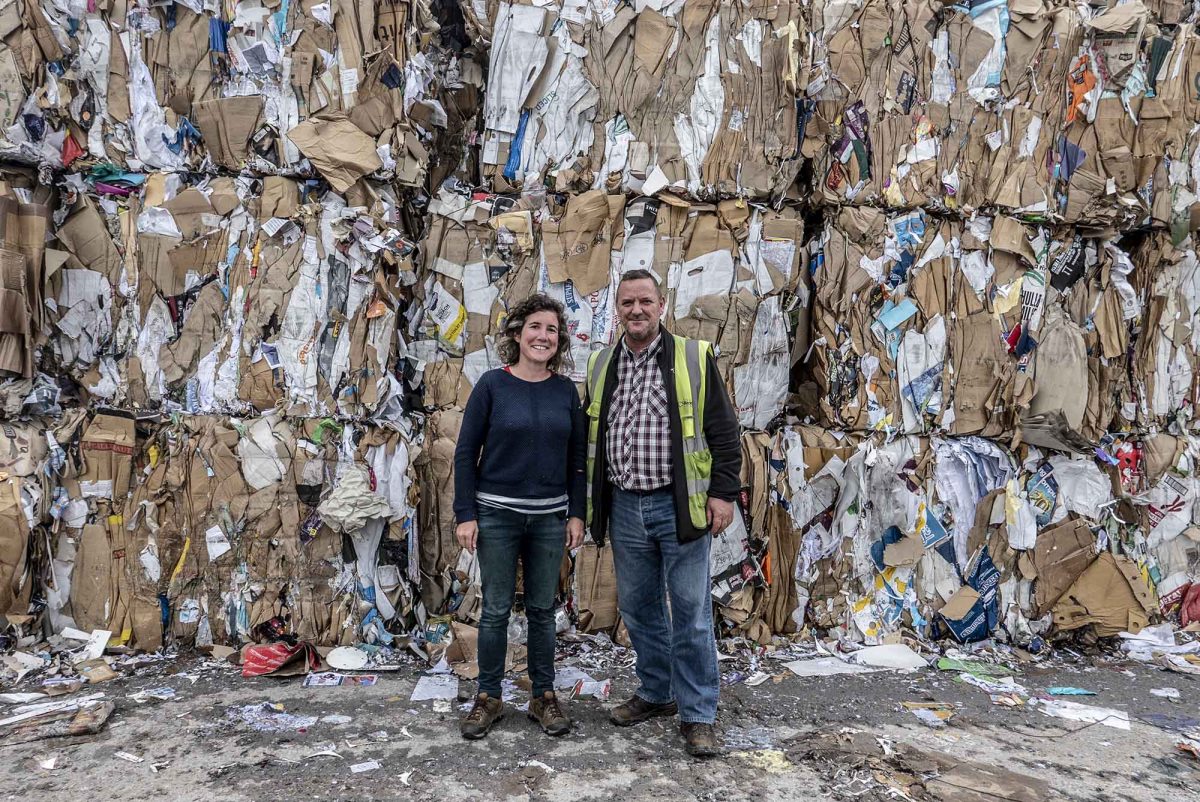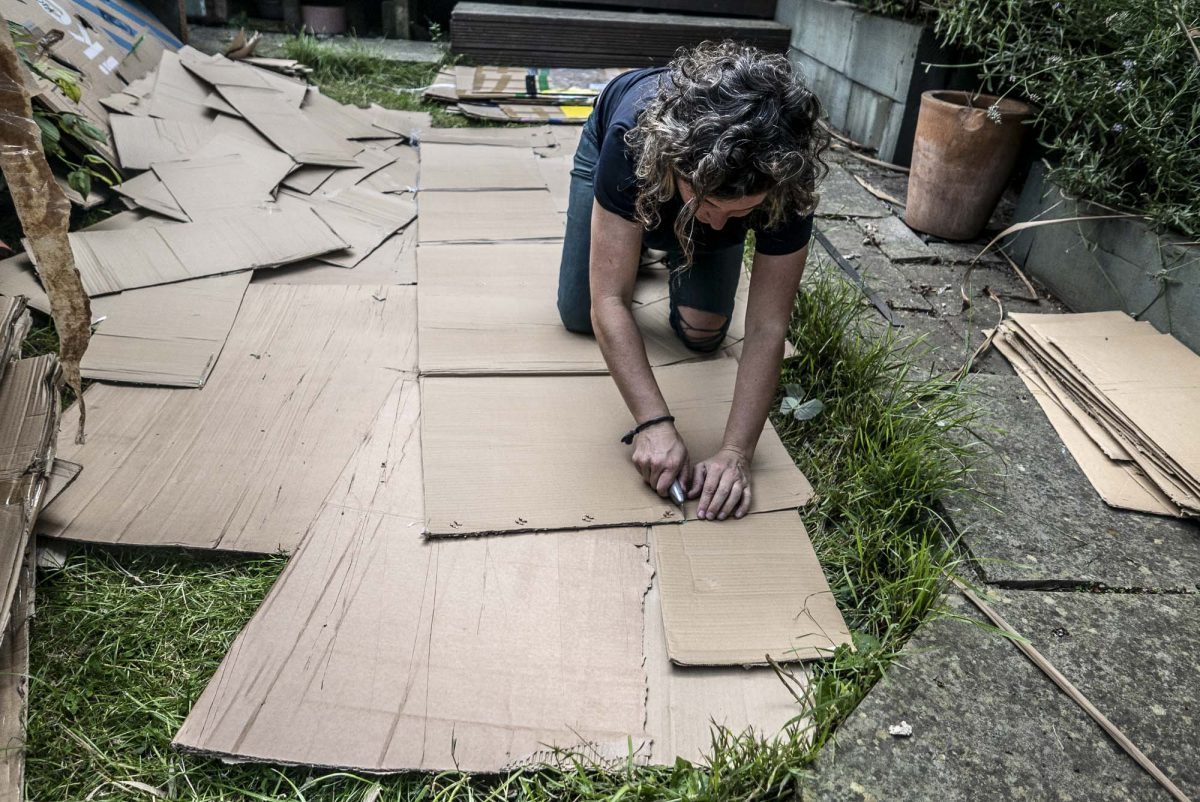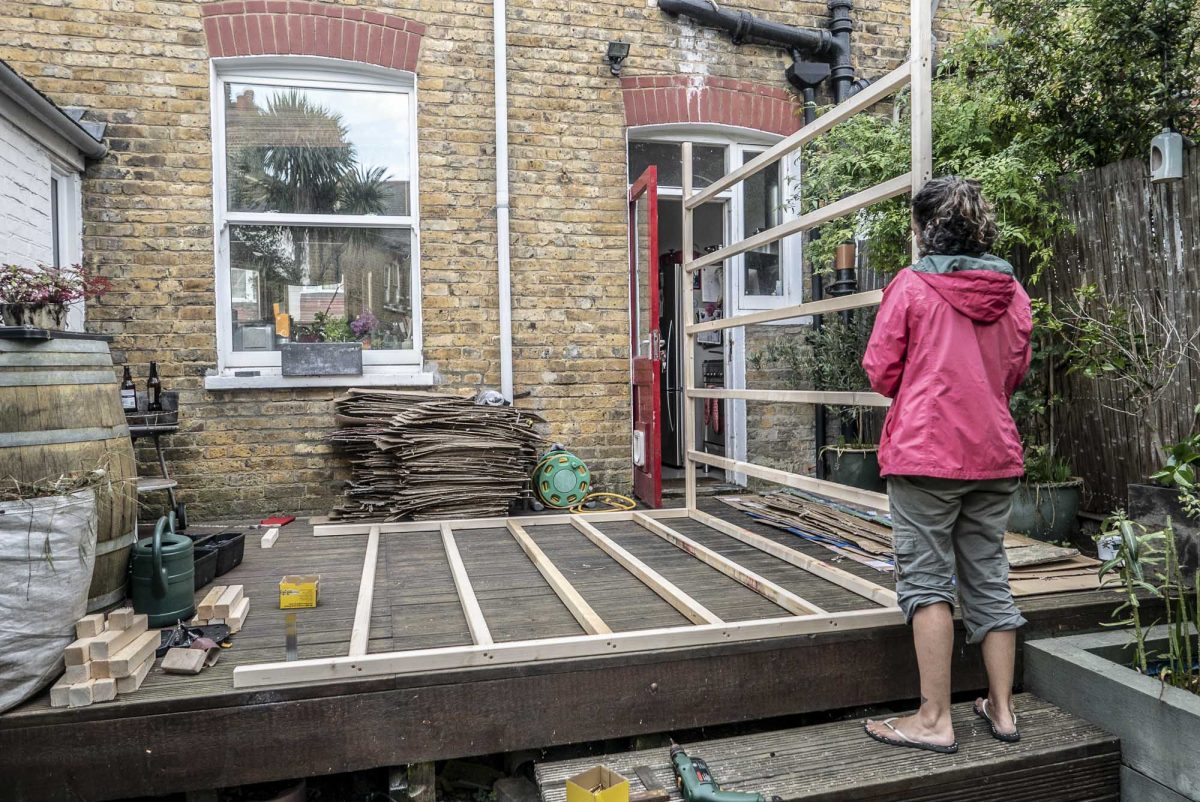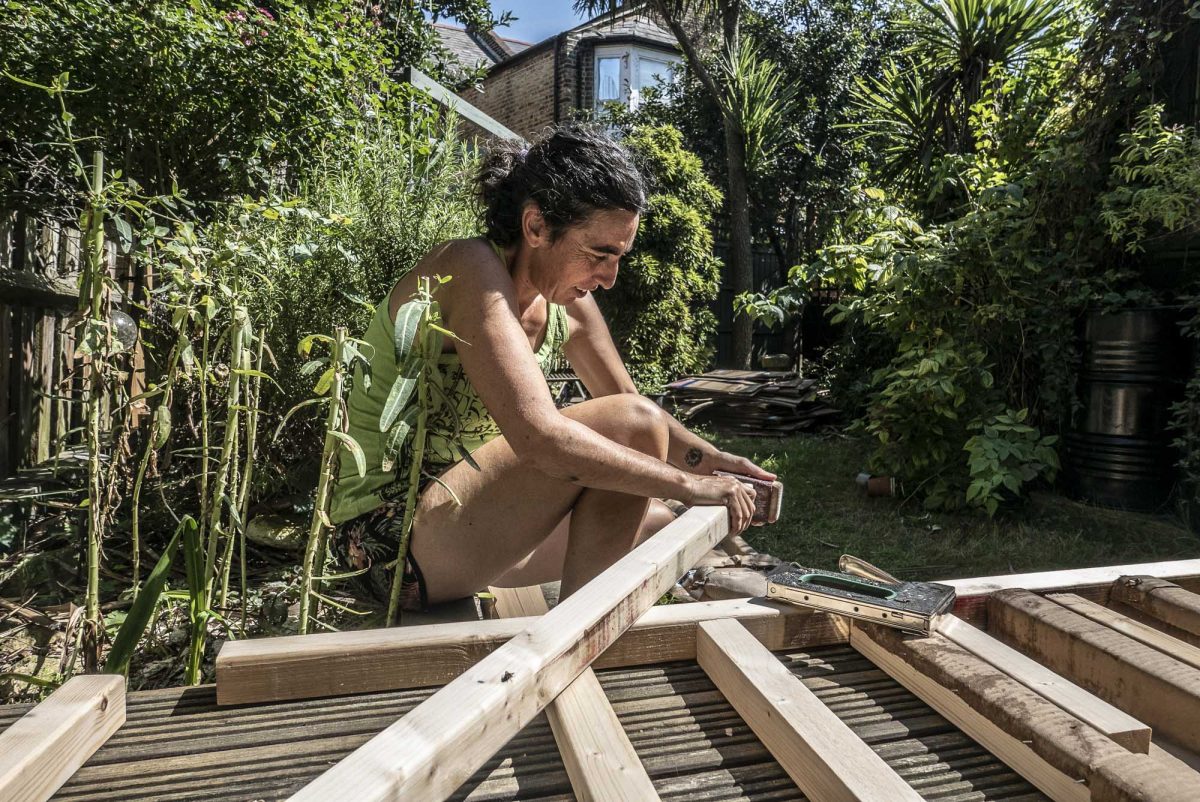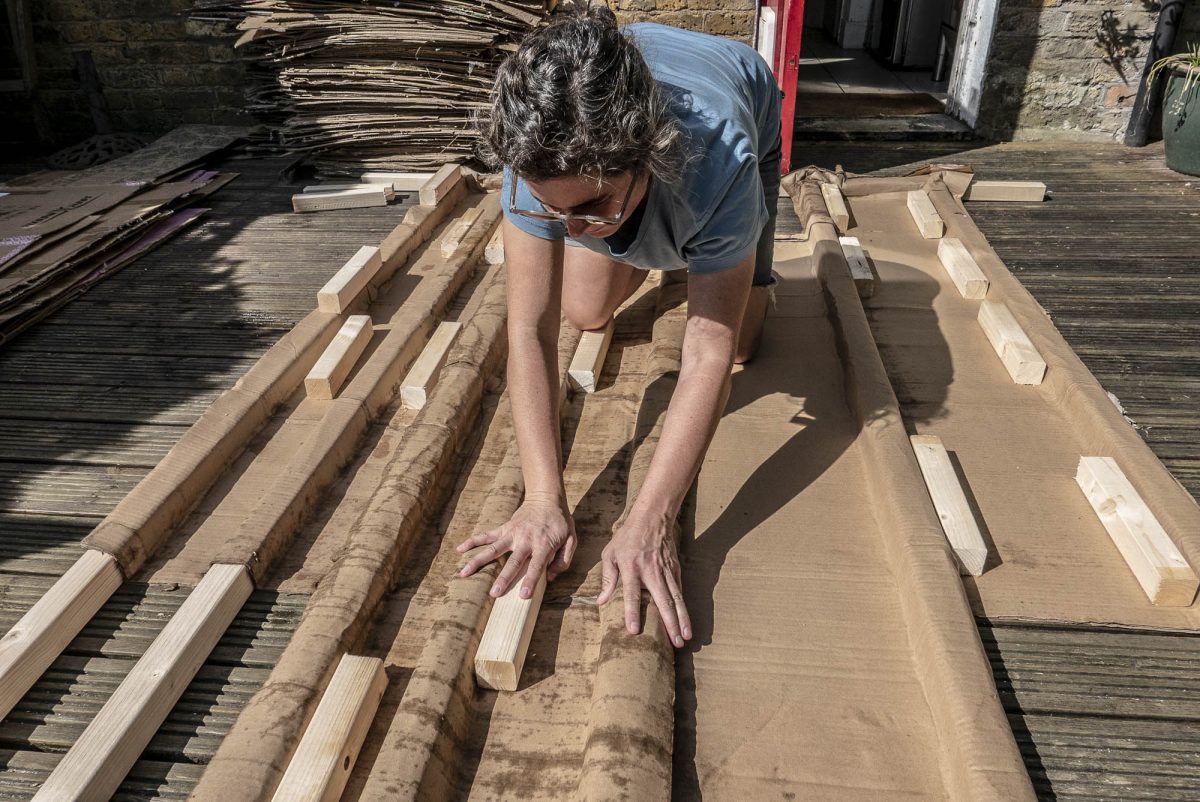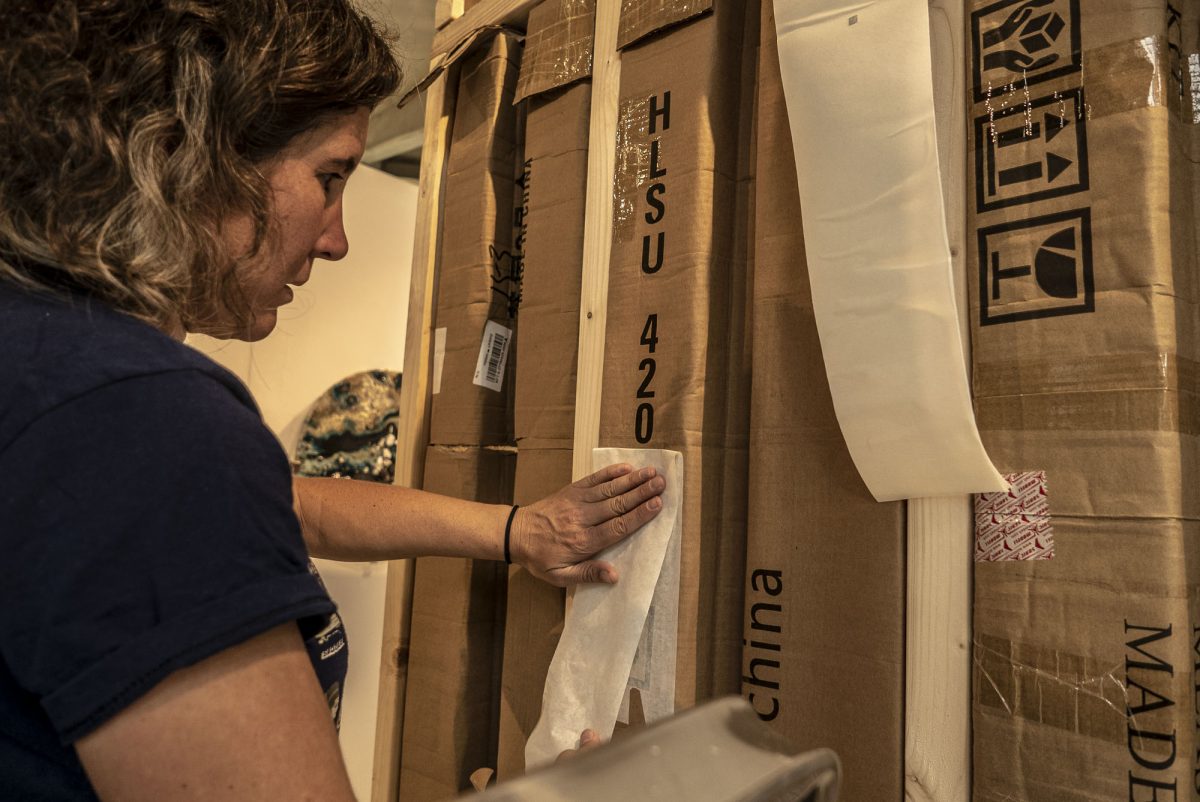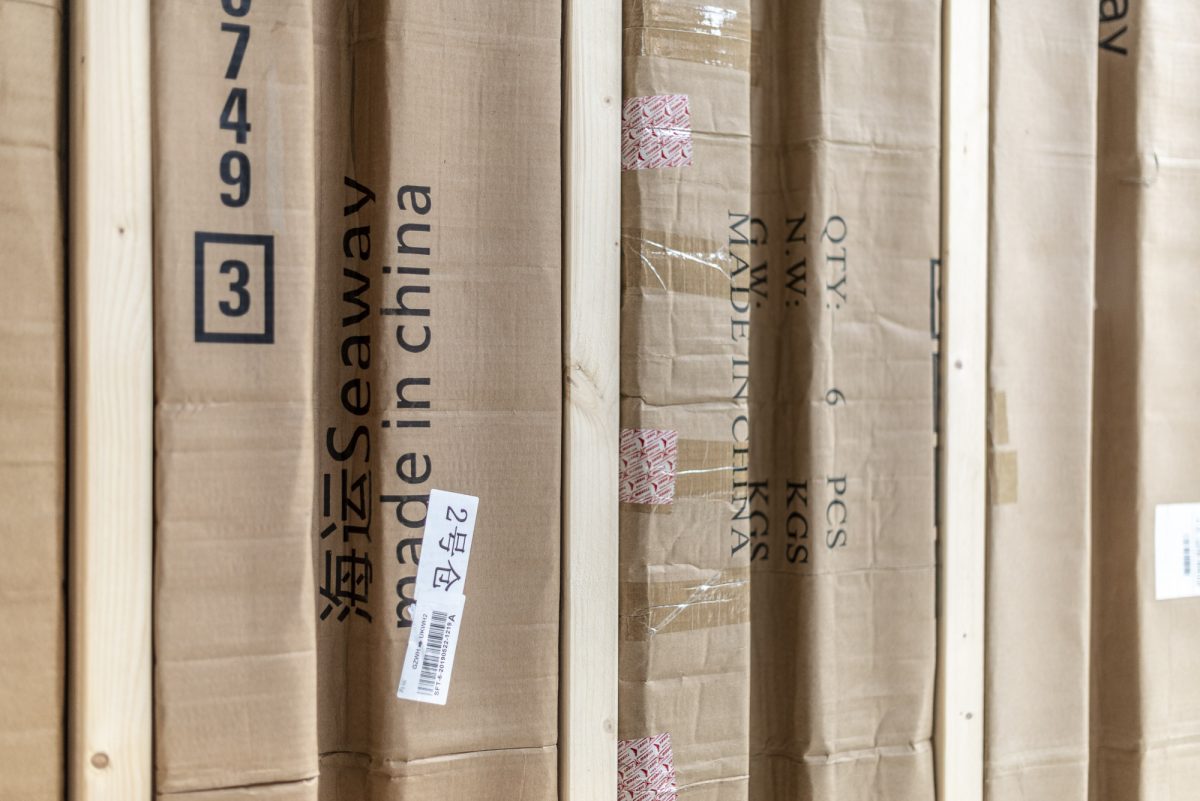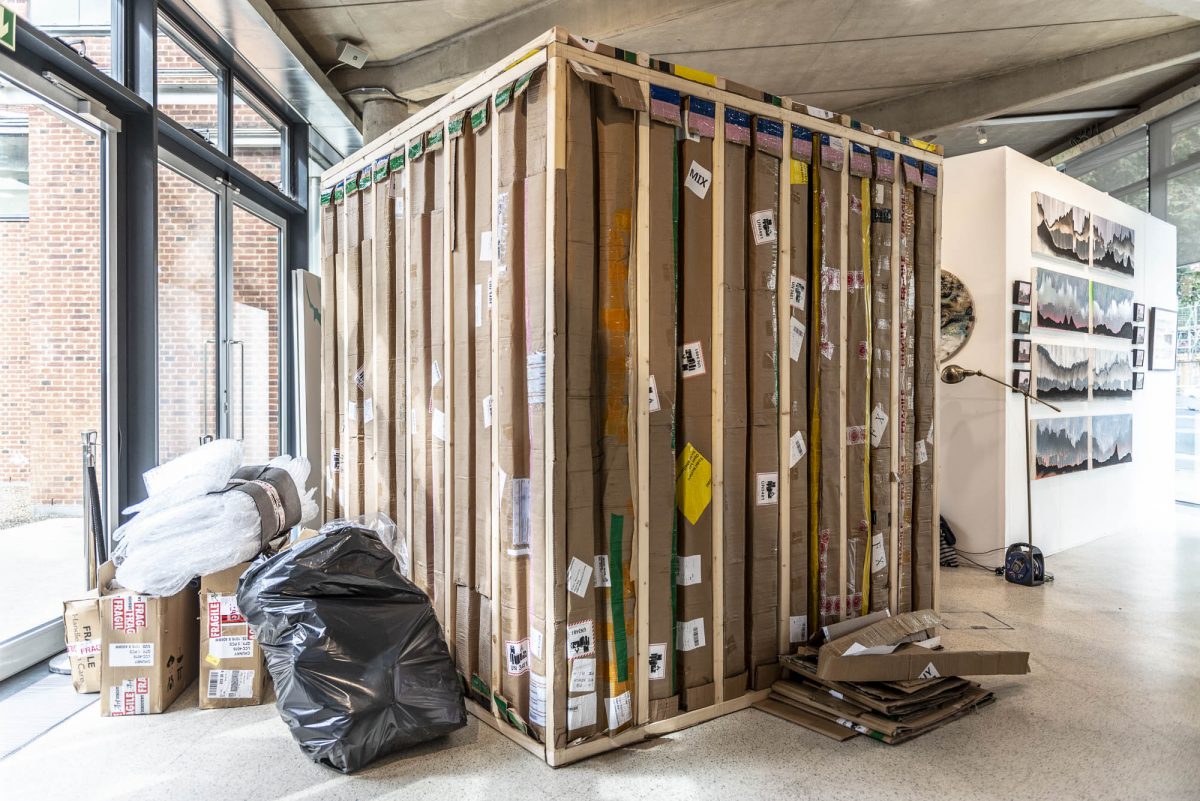All This Stuff Is Killing Me / Landlines Exhibition Install
The culmination of a year-long project, All This Stuff Is Killing Me, is now on show at LANDLINES exhibition at the Royal Geographical Society in London.
Thanks to Sam, Luke and Catalina at Wilderness Art Collective for organising the exhibition, to CS Recycling for supplying the cardboard and to all who have helped to make this happen, Maria Macc for her tireless enthusiasm, brainstorming superpowers and support, and in particular Caroline Fawcett and Juana Flores Vegas for their support and for helping me to construct the installation.
All This Stuff Is Killing Me, 2018/19
My life is filled with purchased and inherited objects. Most of the things I have are not really things that I need but they are important to me – they have meaning and memories associated to them and they help to form my identity. Separating myself from them is difficult.
Beginning in June 2018, I shed material possessions and set off by bicycle, taking only what I needed, to consider the relationships between consumer culture, personal identity and environmental change.
Along the way, I visited a series of Amazon distribution centres thinking about them as cathedrals of consumption; spent a month at sea onboard a cargo ship to learn about the process of globalisation and the lives of the people working on board; and visited sites of personal significance in the UK and in New Zealand to learn about my family history and reflect on the parallels between personal and environmental loss. Travelling in as low-carbon a way as possible I cycled approximately five-thousand miles and sailed eleven-thousand miles.
With the ease and convenience of online shopping we barely register the act of consuming. Items are shipped and distributed, packaged in cardboard and plastic, palletised, and transported in shipping containers overland and by sea.Containers represent the embodiment of Capitalism and are responsible for the economic geography of the modern world – shipping routes, the growth of cities and ports, the rise in automation, cheaper manufacturing, the decline of jobs, industries and communities. Up to ten-billion tonnes of freight is transported every year – food, clothing, household items, furniture, appliances, works of art, chemicals, minerals, fuel, electronics, vehicles. Almost everything we buy has travelled across the sea to fulfil our demand and costing next to nothing.
Purchase data feeds the global supply chain network with sales statistics indicating product popularity and potential corporate profit. Every single time we buy an item, we fuel its demand just a little bit more, creating a need for more resources, more fossil fuel extraction, more mineral and rare-element mining, more agriculture, more chemical processing, more manufacturing, and producing more waste and more pollution.
As distant from our lives as the effects of climate change seem to be, we don’t see or hear much about the environmental effect of our consumer economy – 2-3% of greenhouse gasses come from shipping alone. The quality of bunker fuel is different around the world. Cheaper, high sulphur emitting fuel is banned in some areas, but not in others. In some parts of the world ships must connect to an electricity supply in port but in others this isn’t an option so the engines are kept running, contributing to localised atmospheric pollution and causing high cases of asthma, lung and other related health problems.
There are emissions from the related transport networks, manufacturing processes, and the growing mountains of objects, materials and packaging we discard to landfill every day. The ecological impacts of our ocean super-highways on marine life include noise pollution, spillage and the dumping of waste, but all this is managed behind the scenes, away from more pressing day to day concerns of the general public – painting a utopian picture that hides reality, absolves us of individual responsibility and encourages our desire and expectation for more stuff, more convenience and more comfortable lifestyles.
